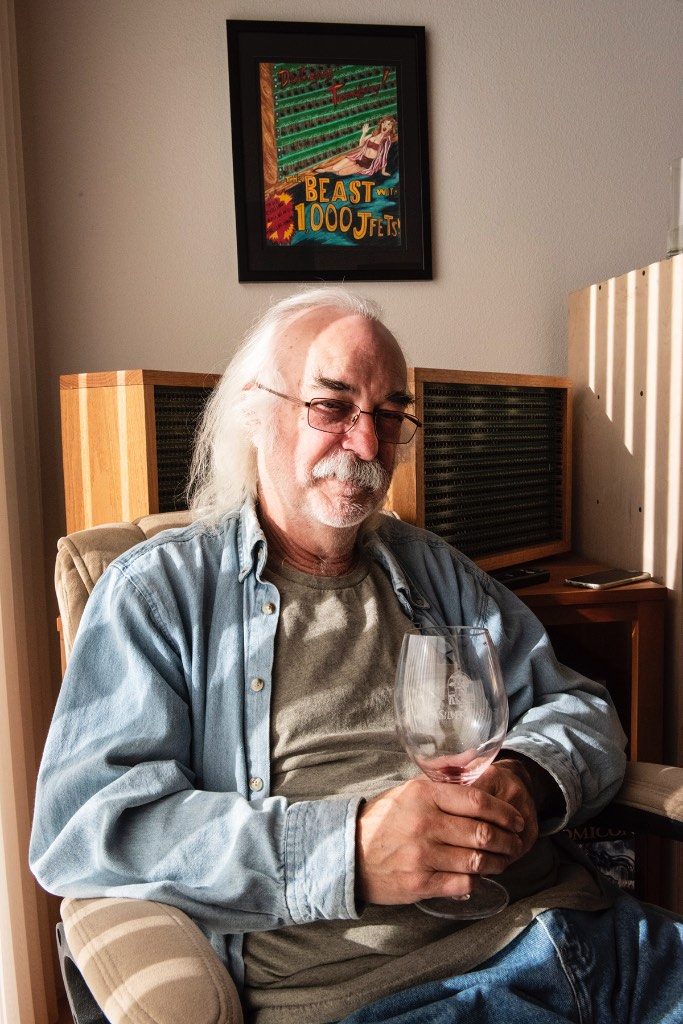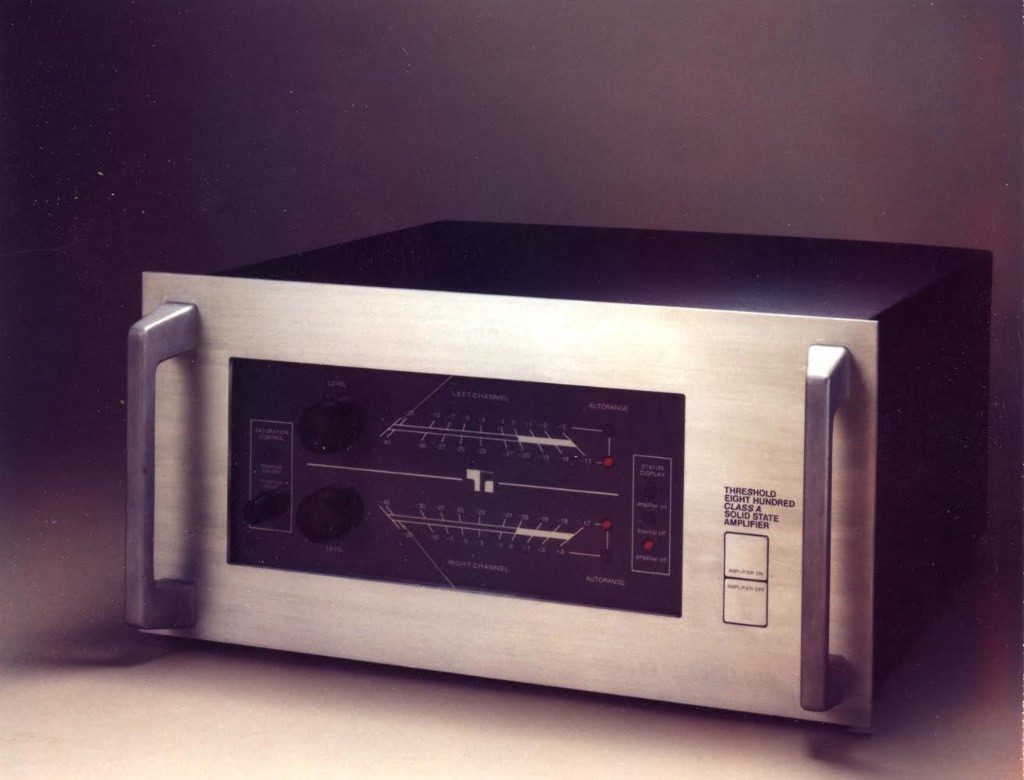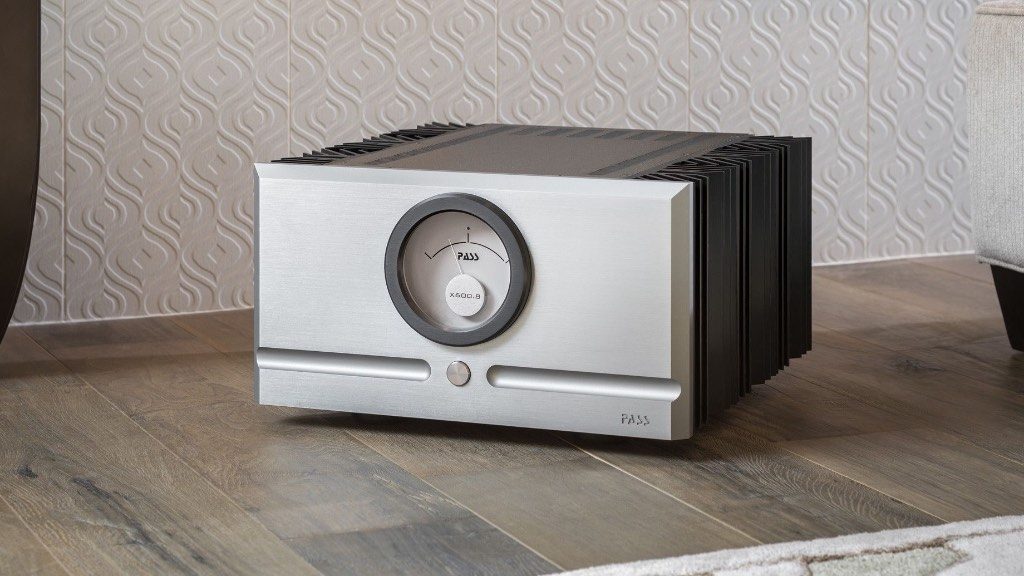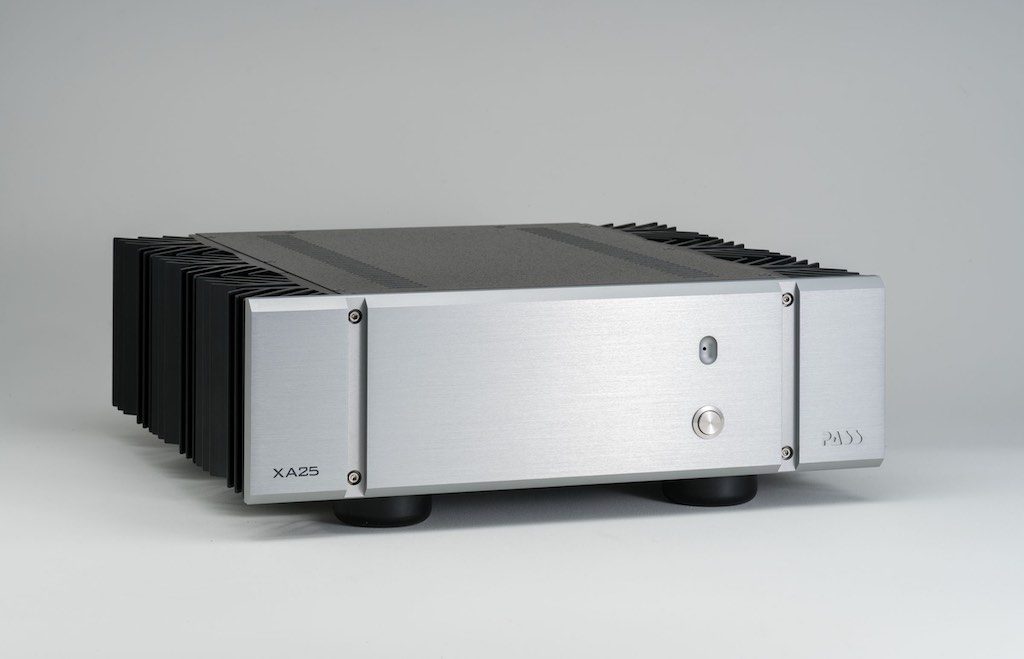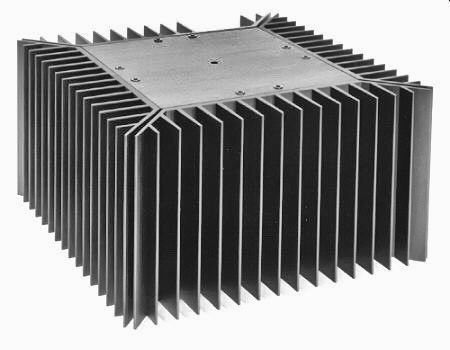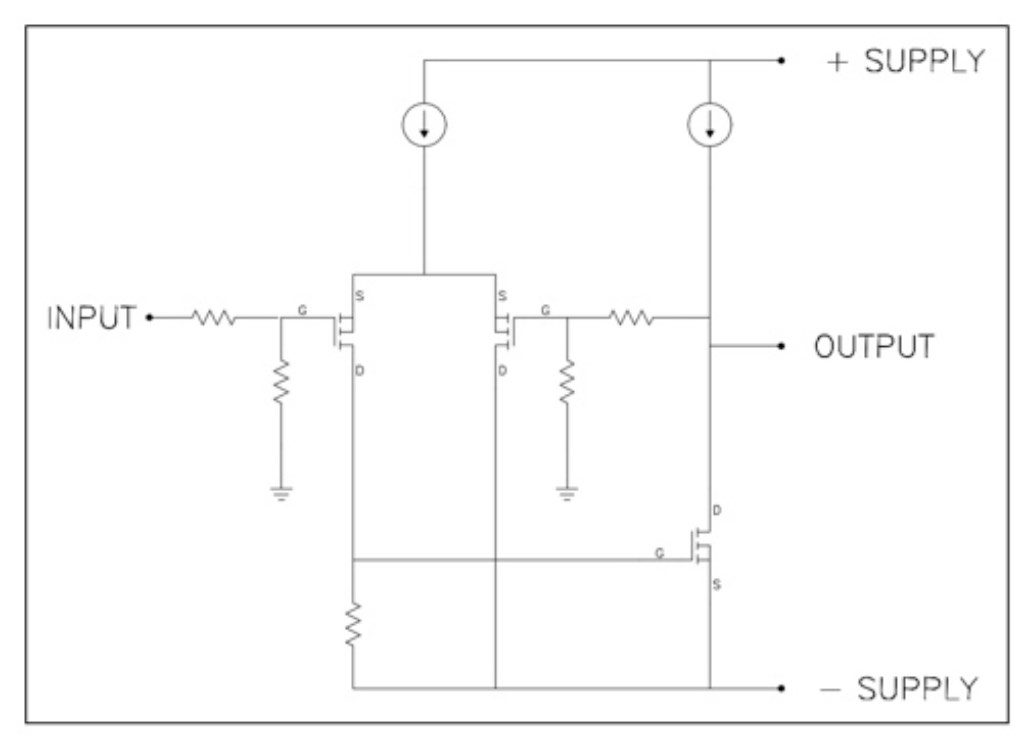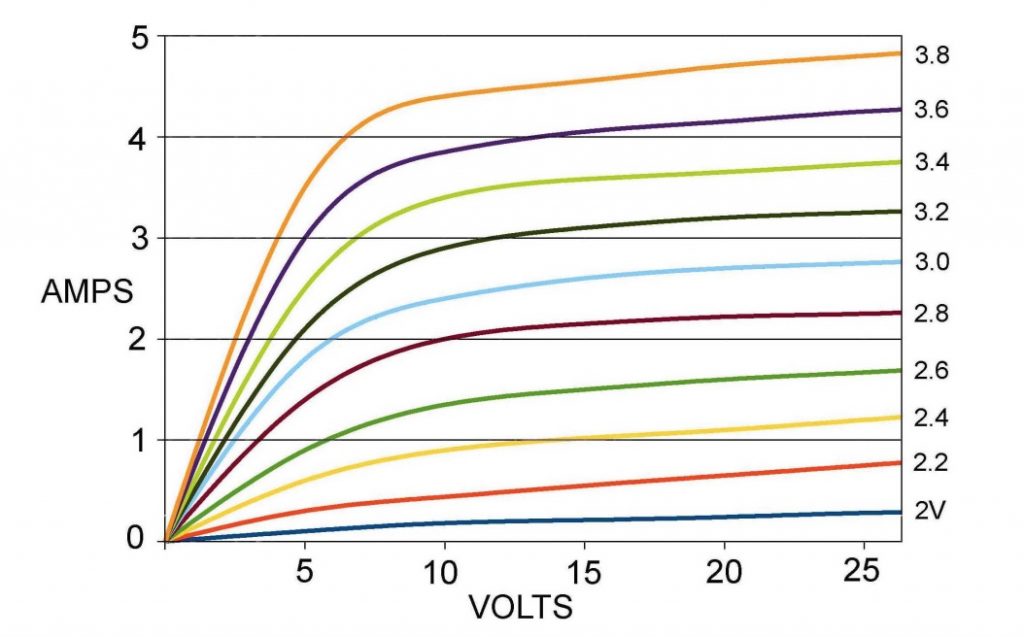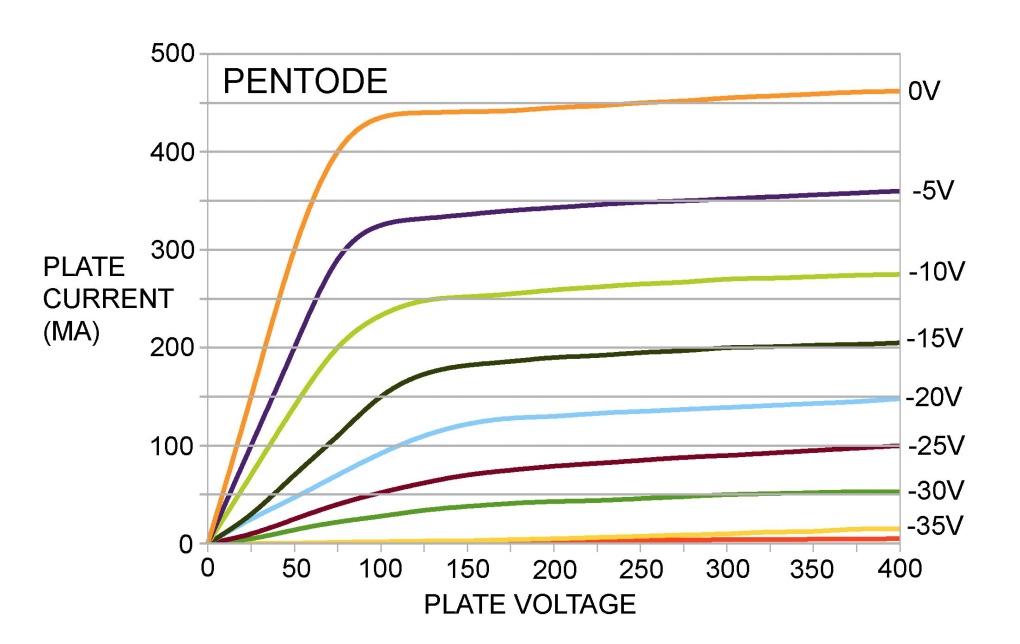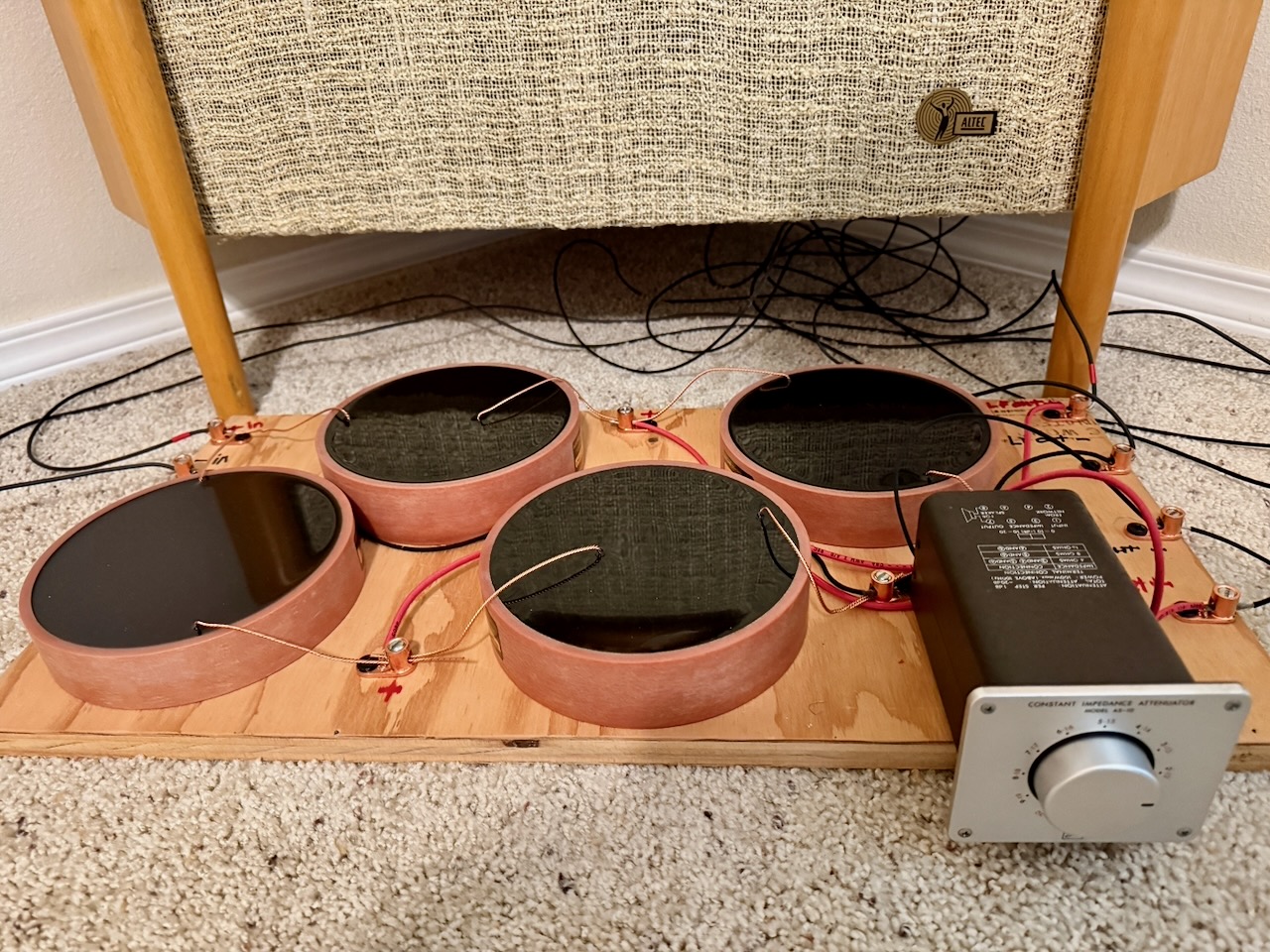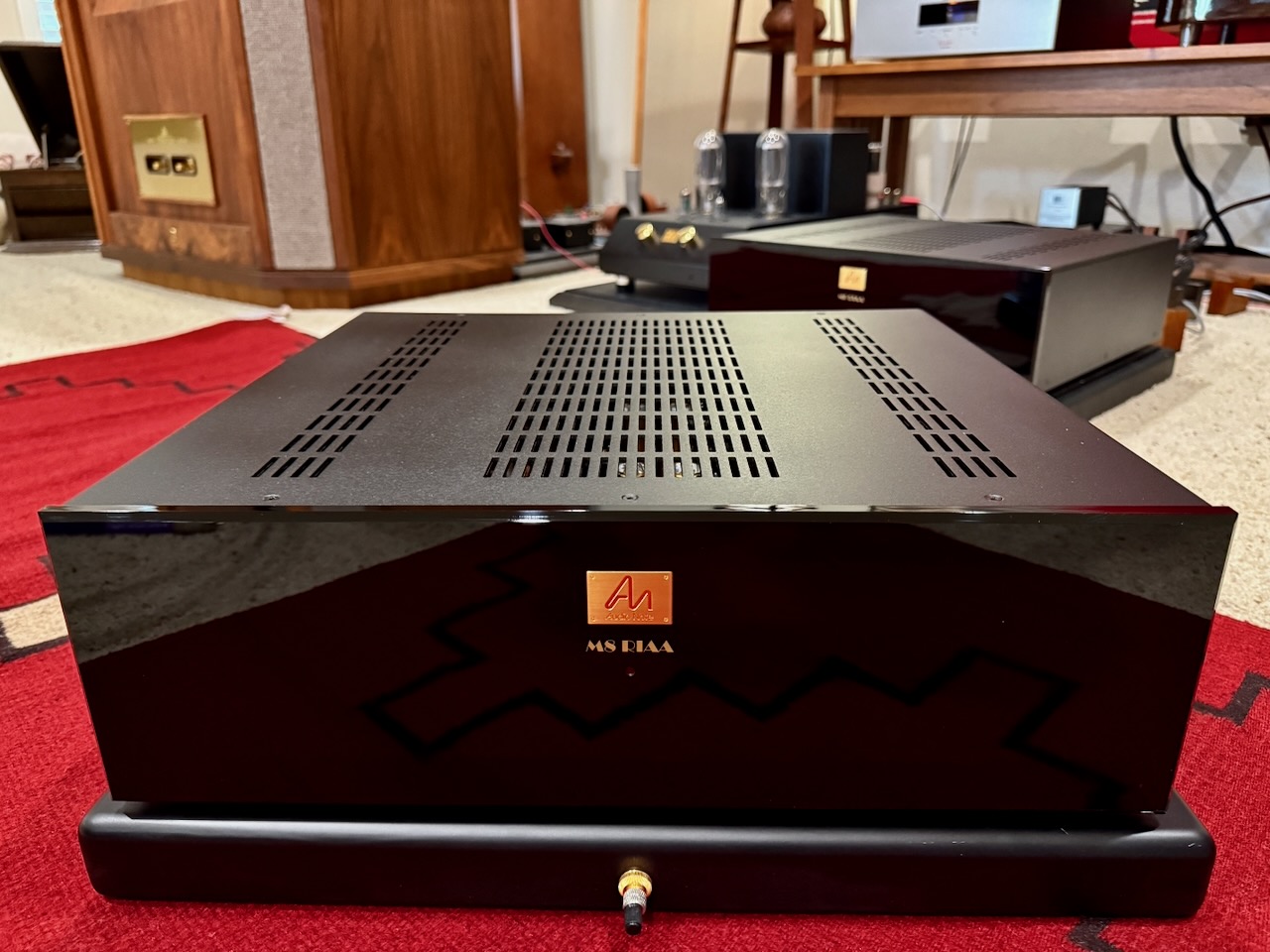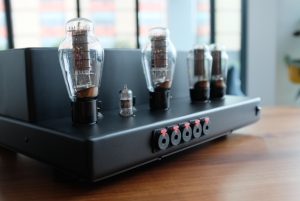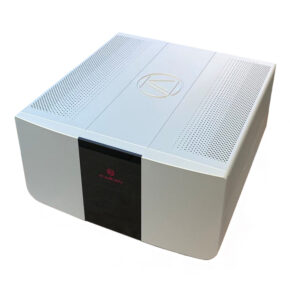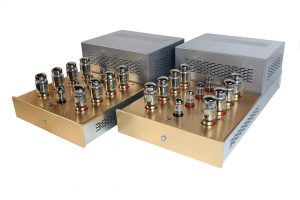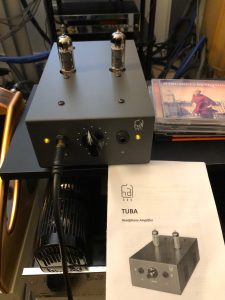Pretty much everyone involved in enthusiast audio has heard of Nelson Pass, and for good reason, as Nelson has been a central figure in the audio design world since the mid-1970s.
I asked Nelson if he would tell me a little about his early years, about how he first got involved in music and audio in the period prior to his adventures as the audio designer we know him as today.
Nelson told me, "I was born in Massachusetts and the family moved to Los Angeles in 1957, and then to Santa Rosa in 1958, where I grew up until I went to University of California, Davis (UC Davis) in 1969. From a fairly early age my radio ran all night long. My neighbor friend and I built a lot of stuff and eventually these two activities merged into DIY audio. I was building speakers when I was 15, but I started playing inside amplifiers a couple years later."
Photograph by Dr. David W. Robinson, copyright (c) 2018, all rights reserved.
Nelson started studying physics at UC Davis in 1969, earning a Bachelor of Science in physics in 1974. During his time as a physics student at UC Davis Nelson founded his own company to design and manufacture loudspeakers, called PMA, and was also hired by ESS to do research and development related to loudspeaker crossover and enclosure design work. Nelson arrived at ESS just before Oskar Heil who developed the famous ESS AMT 1 "Air Motion Transformer" loudspeaker.
Nelson worked at ESS during 1972 and 1973, a period where he gained a lot of knowledge about audio circuit designs through studying the schematics for op-amps in the National Semiconductor application books, and by repairing all brands of amplifiers for Sun Stereo as a service manager.
During that time in audio interest in solid-state amplifiers began to eclipse interest in vacuum tube amplifiers as audio enthusiasts began to desire more powerful amplifiers. A lot of the solid-state amplifiers of that period were using Class AB or Class B designs, but they didn't sound too good compared to the Class A vacuum tube amplifiers, so interest rose in developing high-powered Class A solid-state designs that had better sound quality.
Nelson told me that his first unique amplifier design was in 1973, a Class A solid-state design. Nelson continued to incorporate what he was learning about sound quality and solid-state circuits into his own amplifier designs, and in December of 1974 Nelson and a colleague from ESS, René Besne, left ESS and founded Threshold Audio, the same year that Nelson graduated from UC Davis with a physics degree.
Photograph courtesy of Nelson Pass.
Nelson designed the amplifier circuit and selected the circuit components, and René did the industrial design to develop the amplifier's appearance and ready it for production. Their work resulted in the Threshold 800A amplifier (above), which was a Class A amplifier that had 200 watts per channel output into 8 Ohms, with an innovative dynamic bias approach that helped reduce power consumption and heat while maintaining Class A sound quality. The Threshold 800A amplifier would go on to be a favorite of audio engineer and founder of Stereophile, J. Gordon Holt, as well as audio enthusiasts around the world.
Pass Labs
Nelson left Threshold Audio in 1991 to found Pass Labs so he could enjoy broader investigation into his own audio design interests. Today through Pass Labs Nelson offers a full range of audio electronics including amplifiers, preamplifiers, integrated amplifiers, and even a headphone amplifier.
Photograph courtesy of Nelson Pass.
Pass Labs' current power amplifiers cover a broad range of audio enthusiast interests from the massively powerful and beautifully constructed X600.8 monaural amplifiers capable of delivering 600 watts of superb performance into 8 ohms for the most challenging loudspeaker loads, all the way down the power scale to the svelte XS25 stereo amplifier that delivers 25 watts per channel into 8 Ohms, that has been receiving accolades from reviewers about its lower-powered musical finesse on easier to drive loudspeakers.
Photograph courtesy of Nelson Pass.
The Pass Labs website describes Nelson's approach to building amplifiers, "At Pass we build amplifiers with excessive output stages, huge heat sinks and massive power supplies. We use the highest quality components in simple linear topologies, assembled and tested with great care in Auburn, California. They measure well and sound great. They are heavy, reliable and expensive."
Now allow me to take you back in time for a moment to the late 1980s and early 1990s to a parallel audio universe, where American audio enthusiasts began to become interested again in very simple and relatively affordable low-powered single ended triode (SET) vacuum tube amplifier designs for their exceptionally musical sound quality. Individuals like Don Garber, Herb Reichert, JC Morrison, Gordon Rankin, and others began building amplifier designs that were embraced by the "audio everyman" searching for a "sound of live music" reality.
There was really no one during the late 1980s and early 1990s building affordable and simple single-ended analogs of SET amplifiers with solid-state devices like metal-oxide-semiconductor field-effect transistors (MOSFET), junction gate field-effect transistors (JFET), or static induction transistors (SIT), until in 1997 when Nelson released the Pass Labs Aleph 3 (below).
Photo courtesy of Nelson Pass.
The Aleph 3 was relatively low powered at 30 watts per channel, and was described by Nelson as, "… the first of the newest generation of amplifiers from Pass Labs. This design results from my commitment to create the best sounding product, a simple circuit having the most natural characteristic. The Aleph 3 integrates power MOSFET devices and pure single-ended Class A operation in a simple two-gain-stage topology with the sole purpose of recreating subjectively natural sound (circuit below - Jeff)."
Image courtesy of Nelson Pass.
While I have very much enjoyed the musical delights of low-powered single-ended triode or pentode amplifiers (SET and SEP, respectively), intrigued by the Pass Labs Aleph 3, I bought one in 1997 to see how it compared to the vacuum tube amplifiers I was familiar with.
Image courtesy of Nelson Pass.
The Aleph 3 used MOSFETs in its simple single-ended Class A circuit, and it turns out that MOSFETs (and JFETs) have power curves (above) that look quite similar to the power curves for pentode vacuum tubes (below).
Image courtesy of Nelson Pass.
Over the years I have really enjoyed the pentode circuits I have listened to, like that of the 5-watt per channel Almarro A205A integrated amplifier, for example, that uses EL84 vacuum tubes in a single-ended pentode circuit, and which I still enjoy listening to today powering my vintage Altec 832A loudspeakers.
I thought the Aleph 3 compared favorably with the SET (and SEP) designs I was familiar with, but it had the added benefit of 30 watts per channel output, which opened up a broader range of loudspeaker compatibility than most SET vacuum tube amplifiers could accommodate.
I loved the Aleph 3's no-nonsense appearance with its huge heat sinks encircling the chassis, its ultra-reliability, and its low cost of maintenance (no expensive vacuum tubes to replace), not to mention that its power output of 30 watts per channel sounded great on my Spendor SP-1/2 loudspeakers in the apartment I lived in at the time.
I thought the Aleph 3's price of $2400 USD was fair as well, and it was something that I could actually afford to buy as an audio enthusiast back in 1997. In 2018 dollars the Pass Labs Aleph 3 would go for $3751 USD, which is comparable to the First Watt SIT-3's price of $4000 USD that is the subject of this review.
The Aleph 3's simple design, excellent sound quality, greater loudspeaker flexibility, high reliability, low cost of operation, and affordable price made the Aleph 3 a hit with audio enthusiasts, and for the first time there was a single-ended solid-state design that was a viable alternative to low-powered SET or SEP amplifiers.
Pass DIY
Nelson had become intrigued by the performance possibilities of low-powered amplifiers and wanted to continue his exploration into interesting low-powered amplifier designs (and other stuff), which didn't really fit into the Pass Labs product lines.
Towards that end in 1998 Nelson founded Pass DIY and First Watt to explore novel amplifier designs in an environment unfettered by commercial concerns.
Nelson's long involvement in and appreciation for do-it-yourself (DIY) audio is described on the Pass DIY website.




